Mars Organic Matter Origins Reevaluated In New Research
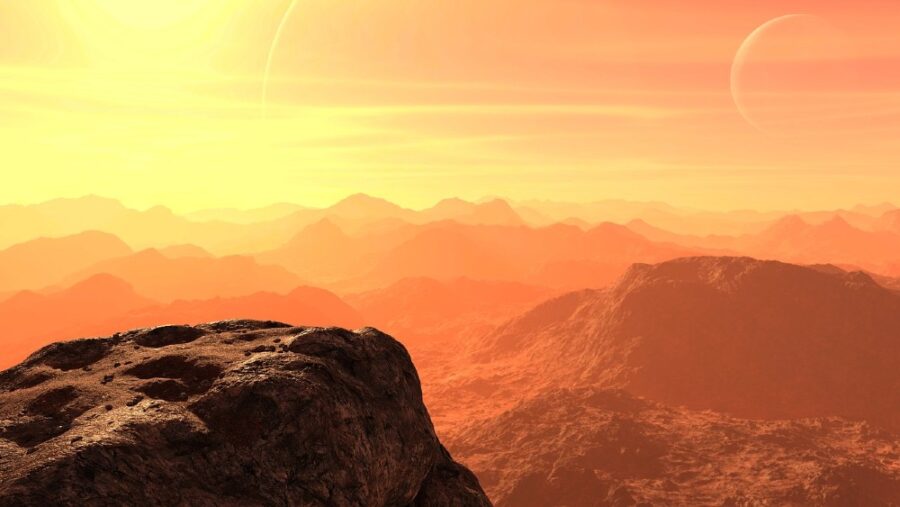
An exciting new development in the search for organic life beyond our own Pale Blue Dot is underway via researchers from the Tokyo Institute of Technology. Their findings, published in the esteemed periodical Nature Geoscience, theorize organic matter in Martian sediments―in other words, dirt―could have been formed through atmospheric processes instead of biological activity, as previously thought. This revelation about the potential evidence for life on Mars, not without controversy, fuels a significant reevaluation of the origins of organic matter on the Red Giant.
Studying Carbon On Mars
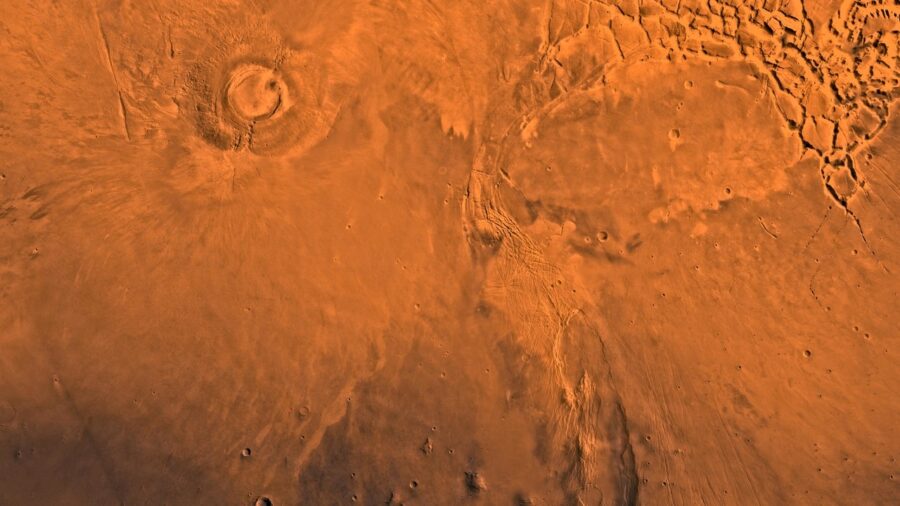
Professor Yuichiro Ueno of Tokyo Tech, alongside Professor Matthew Johnson from the University of Copenhagen, led the research team. The international crew of scientists employed photolysis experiments and theoretical considerations to model how Martian organic matter could stem from an atmospheric process.
The process in question concerns carbon dioxide (CO2) in the planet’s atmosphere, photodissociating until it transforms into carbon monoxide (CO). The end result is organic matter exhibiting a meager amount of the notorious carbon-13 isotope (13C), a hallmark characteristic of Martian sediment.
Mars’ Mysterious Past Holds The Key To Life
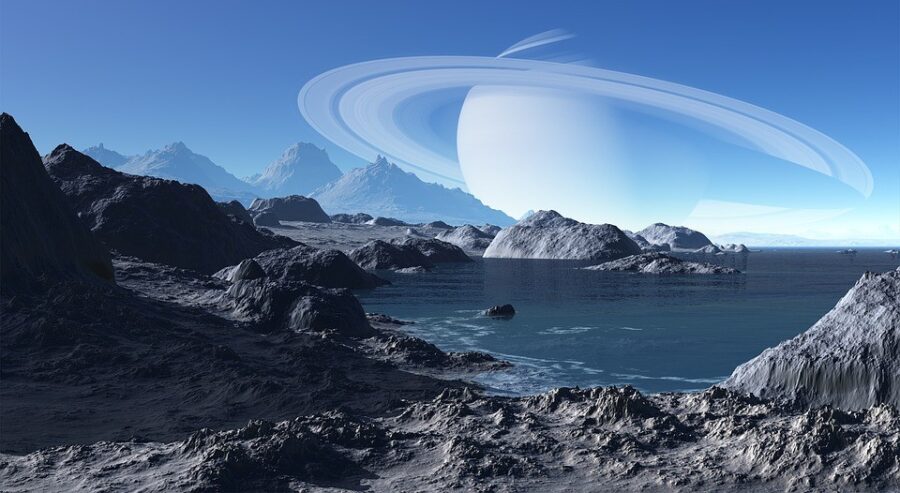
Scientists will tell you that Mars currently exhibits iconically barren and dusty landscapes, but it also sports geological features―deltas, lakebeds, and river valleys, alongside organic matter testifying to the prior existence of these features. These geological details suggest overwhelmingly that water once flowed abundantly over the planet’s surface. Experts have been working hard studying sediments near these formations, given the evidence of ancient, watery Mars.
Hopefully, sooner rather than later, their efforts will uncover clues pointing to early environmental conditions, planetary processes, and potential signs of past life.
NASA’s Curiosity Rover
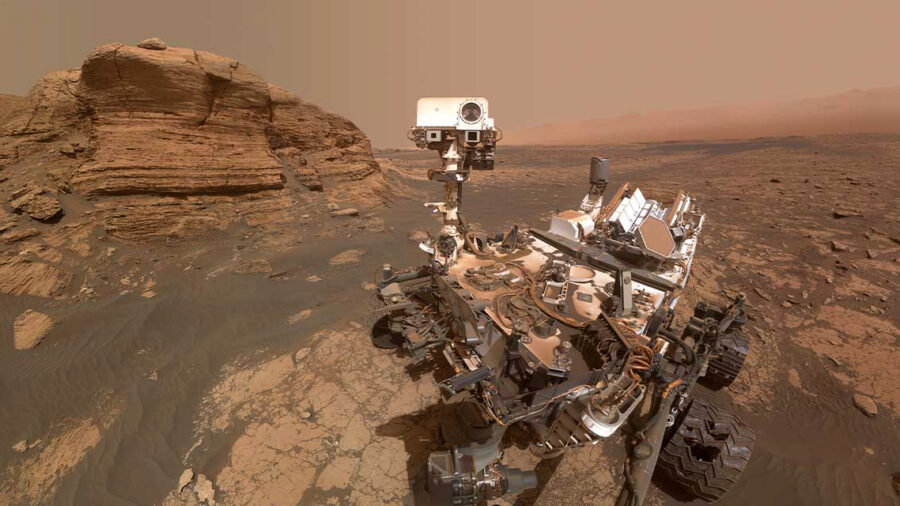
One notabal analysis, of late, pertained to sediments taken by NASA’s Curiosity rover from the Gale Crater. Considered the remains of an ancient lake formed nearly four billion years ago due to an asteroid impact, the Gale Crater contained organic matter exhibiting significantly lower 13C content compared to Earth’s sediments.
The discrepancy between terrestrial and Martian sedimentary 13C count suggests vastly different formation processes for organic matter on Mars.
Intriguingly, the study on Mars and its organic matter conducted by Ueno and his team elaborates and elucidates this discrepancy.
Scientists Recreate The Martian Atmosphere

The global team ran experiments to determine exactly how the mysterious organic matter on Mars formed. The scientists learned that when CO2 in the Martian atmosphere breaks down under sunlight, it engenders CO, followed by the crucial step of transforming the CO into organic matter, but a special type, one lacking a specific version of carbon, carbon-13 (or 13C).
In lab experiments, the researchers were then able to recreate the Martian atmosphere before exposing it to ultraviolet (UV) light from the sun. The recreation of the interaction of the Martian atmosphere with sunlight effectively reproduced the process described above on the Red Giant, thus demonstrating the likelihood of their theories.
In the lab, when CO2 breaks apart, it creates CO with that same absence of 13C while producing CO2 with correspondingly high counts of 13C.
Organic Matter Likely Came From The Atmosphere
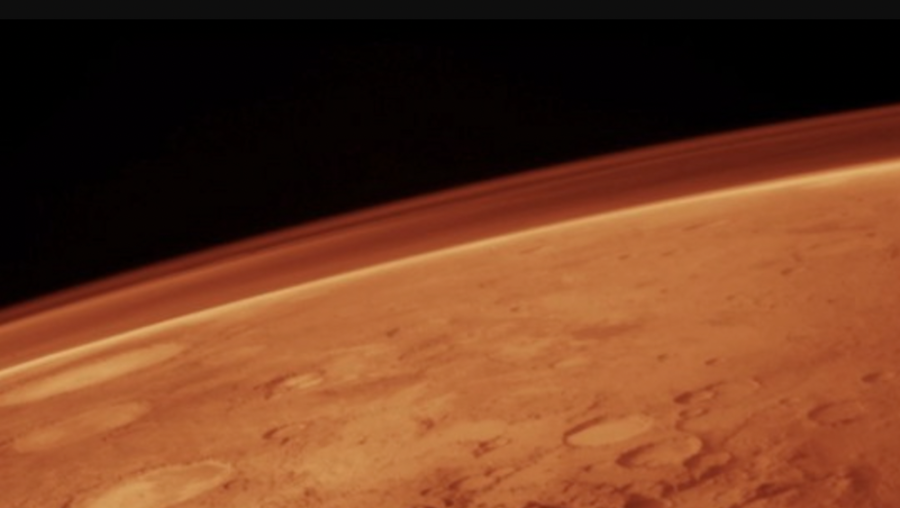
The team hypothesizes that this CO gas on Mars could have shifted billions of years ago into simple organic compounds like formaldehyde and carboxylic acids, which then blended with water and settled into sediments. All of this suggests that organic matter on Mars could have stemmed from the workings of the alien atmosphere instead of some ancient living creature, however compelling the latter, unlikely scenario might be.
Major Milestone In Mars Exploration

Nonetheless, Ueno shared that Mars could boast an unpredictably high amount of organic matter if his team’s work proves as accurate as it seems. This means that, in the future, explorations of the Red Giant could return with huge samples of organic matter.
All of which inches us closer to understanding how life on Mars could have existed, if it could thrive again, and even if it persists on our planet’s neighbor right now.
Source: Tokyo Institute of Technology











